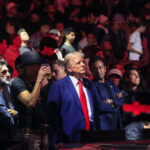Dance music is more than just a genre; it’s a global phenomenon that has evolved and shaped cultures for decades. From the pulsating rhythms of disco to the electrifying energy of modern EDM, dance music encompasses a vast spectrum of sounds and styles. But with so much out there, how do you find the Best Music For Dance? Whether you’re a seasoned club-goer, a home dancer, or simply looking to get your groove on, understanding what makes music ideal for dance is key.
This guide dives deep into the world of dance music, exploring its history, key genres, and the elements that make certain tracks irresistible on the dance floor. We’ll draw inspiration from iconic tracks that have defined generations of dance music culture, helping you curate your perfect playlist and discover new favorites.
What exactly defines “dance music culture”? It’s a broad term, but it signifies a world where rhythm and movement are central, a space where music is created not just to be heard, but to be felt and moved to. As explored in Rolling Stone’s list of the “200 Greatest Dance Songs of All Time,” this culture spans nearly half a century, constantly reinventing itself while staying true to its core: making people move.
Our journey starts in the mid-1970s with the explosion of disco, travels through the early 80s club scenes of electro and Latin freestyle, and witnesses the rebirth of disco into house music in Chicago and techno in Detroit. The 90s rave era, with its explosion of jungle, trance, gabba, and garage, further diversified the landscape, eventually leading to the EDM and dubstep bonanzas of the 2000s and beyond. These sounds haven’t disappeared; they’ve evolved, cross-pollinated, and continue to inspire new generations. Drum ‘n’ bass is experiencing a resurgence, and fresh house tracks are constantly emerging, demonstrating the enduring appeal and dynamism of dance music.
This guide isn’t about listing every sub-genre or obscure style. Instead, we focus on tracks that possess a timeless quality, songs that resonate universally and exemplify the moments where dance music intersects with broader musical trends. You’ll see influences from synth-pop, hip-hop, funk, Miami bass, R&B, indie-rock, Latin music, and pop – illustrating how diverse genres contribute to the rich tapestry of dance music. This is why artists like Prince, Robyn, Britney Spears, and Justin Bieber find their place alongside pioneers like Frankie Knuckles, Moodymann, and SOPHIE in the dance music canon.
If you’re curious about how we arrived at a point where mainstream artists like Drake and Beyoncé are releasing house-infused tracks, understanding the history and evolution of dance music is crucial. This guide offers our perspective on that story, helping you navigate the vast world of best music for dance.
Exploring the Foundations: Iconic Dance Tracks and Genres
To truly understand the best music for dance, it’s essential to explore some of the landmark tracks that have shaped the genre. These songs not only get you moving but also represent pivotal moments in dance music history.
Disco: The Era of Glamour and Groove
Disco emerged in the 1970s, creating a vibrant and glamorous dance culture. Tracks from this era are characterized by their infectious rhythms, lush orchestrations, and themes of liberation and celebration.
Donna Summer’s ‘Last Dance’ (1979) stands as a perfect example of disco’s dynamic range.
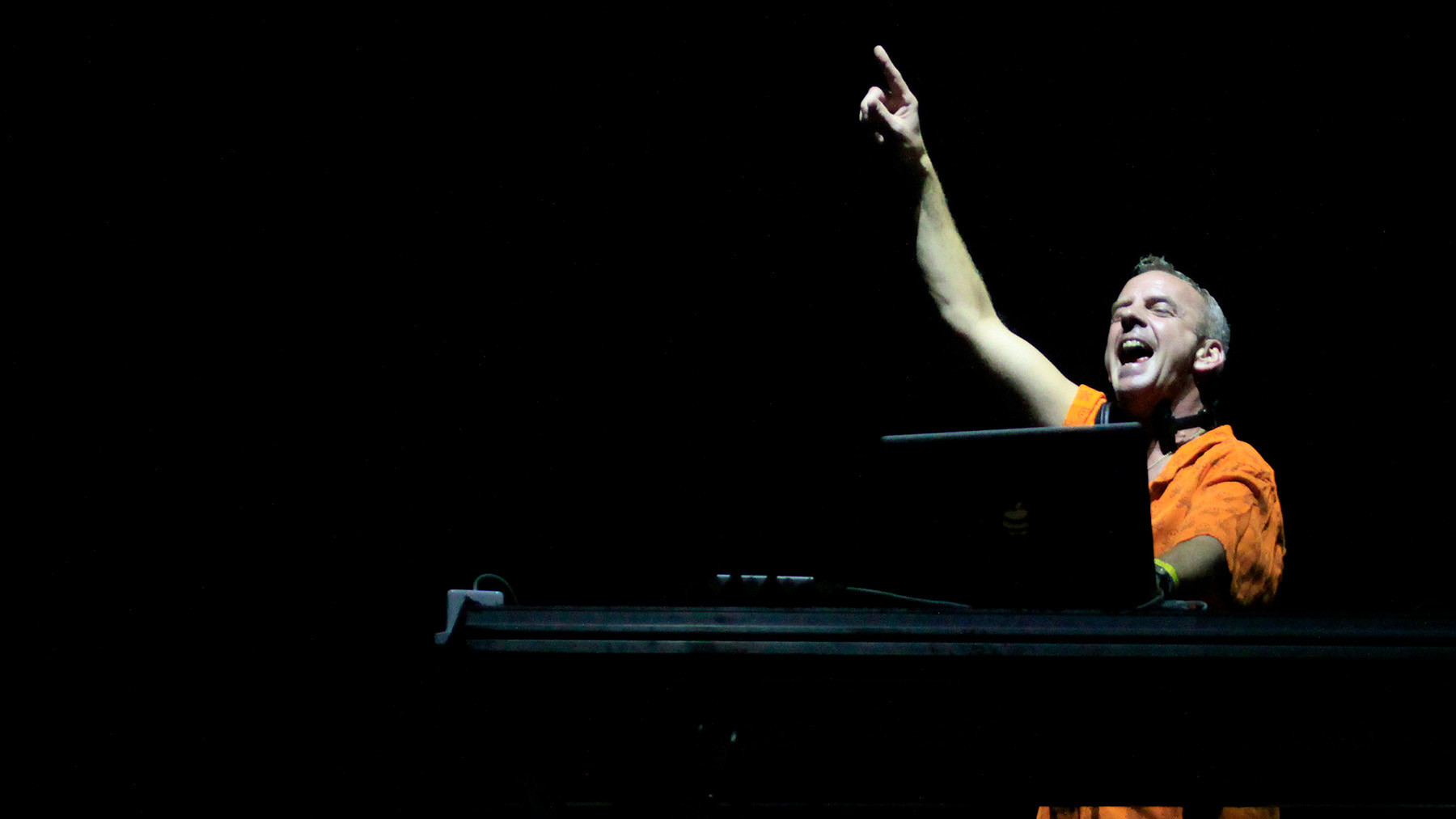 Donna Summer Last Dance Image
Donna Summer Last Dance Image
Alt text: Donna Summer performing Last Dance, a classic disco anthem.
Initially slow and romantic, it builds into a high-energy disco frenzy, showcasing the genre’s ability to create emotional journeys on the dance floor. This track, with its Oscar win for Best Original Song, epitomizes the sophisticated and theatrical aspects of disco.
The Rise of House and Techno: Electronic Innovation
As disco evolved, it branched into new electronic forms in the 1980s, giving rise to house music in Chicago and techno in Detroit. These genres emphasized synthesized sounds, repetitive rhythms, and a raw, underground energy.
Kerri Chandler’s ‘Rain’ (1998) exemplifies the soulful side of house music.
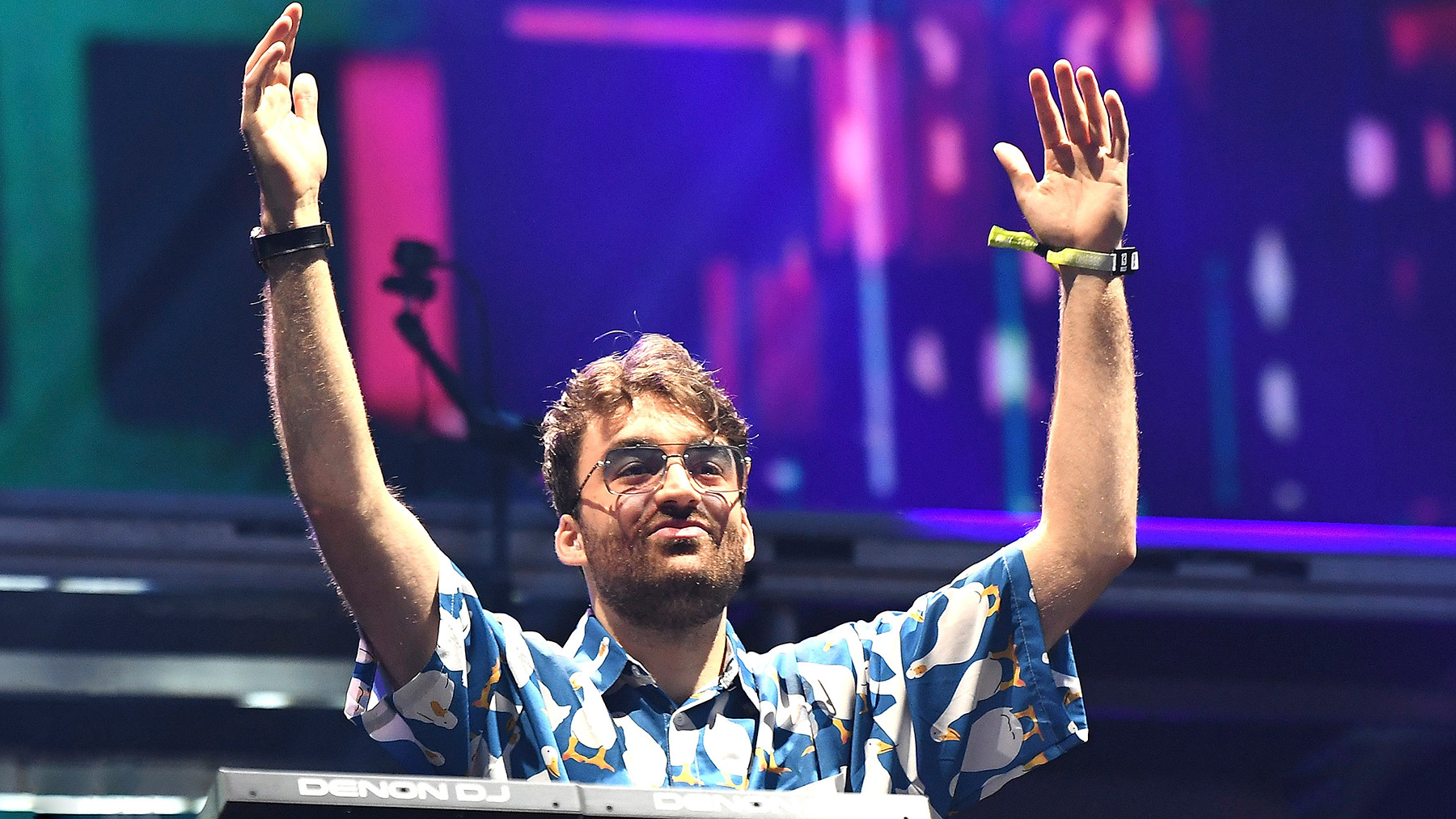 Kerri Chandler Rain Image
Kerri Chandler Rain Image
Alt text: Kerri Chandler, a pioneer of soulful house music, known for tracks like Rain.
Chandler’s tracks are known for their buoyant and deeply personal feel. “Rain,” with its poignant vocals and playful xylophone solo, demonstrates how house music can be both emotionally resonant and irresistibly danceable. It’s music that speaks to the soul while compelling the body to move.
In contrast, Mescalinum United’s ‘We Have Arrived’ (1991) represents the harder, more industrial edge of techno, specifically the subgenre of gabber.
 Mescalinum United We Have Arrived Image
Mescalinum United We Have Arrived Image
Alt text: Mescalinum United, creator of We Have Arrived, a foundational gabber track.
This track, built on crushing drums and air-raid sirens, is techno’s heavy-metal equivalent. It’s raw, intense, and designed for relentless movement, showcasing the genre’s capacity for pure, unadulterated energy.
The Rave Revolution: Genre Explosion in the 90s
The 1990s witnessed an explosion of dance music subgenres, fueled by the rave scene. From the breakneck speeds of jungle to the euphoric melodies of trance, this era was about pushing boundaries and creating diverse sonic landscapes.
Double 99’s ‘RIP Groove’ (1997) is a quintessential example of UK garage, a genre that bridged house and jungle influences.
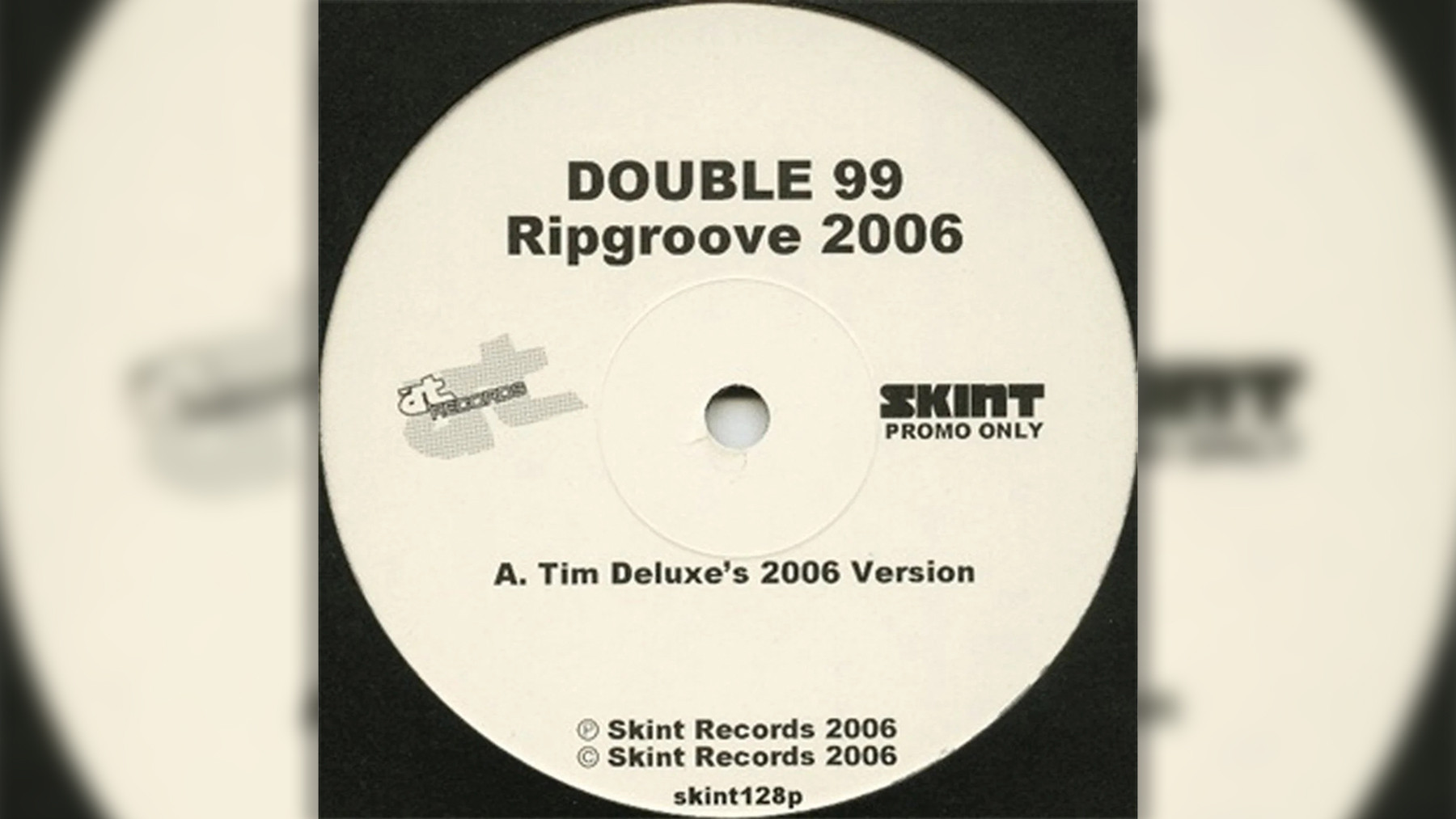 Double 99 RIP Groove Image
Double 99 RIP Groove Image
Alt text: Double 99, artists behind RIP Groove, a defining track of UK garage.
Constructed from samples and catchy hooks, “RIP Groove” became a massive hit, bringing UK garage (initially termed “speed garage”) into the mainstream. Its bouncy rhythm and infectious energy made it a staple in clubs and on the charts, marking the arrival of a fresh and influential sound.
Modern Dance Music: EDM and Beyond
The 2000s and 2010s saw the rise of EDM (Electronic Dance Music) to global prominence, encompassing a wide array of styles from progressive house to dubstep and beyond. This era is characterized by massive stadium-filling sounds and a focus on high-energy drops and dynamic builds.
Martin Garrix’s ‘Animals’ (2013) epitomizes the stadium EDM sound that dominated the early 2010s.
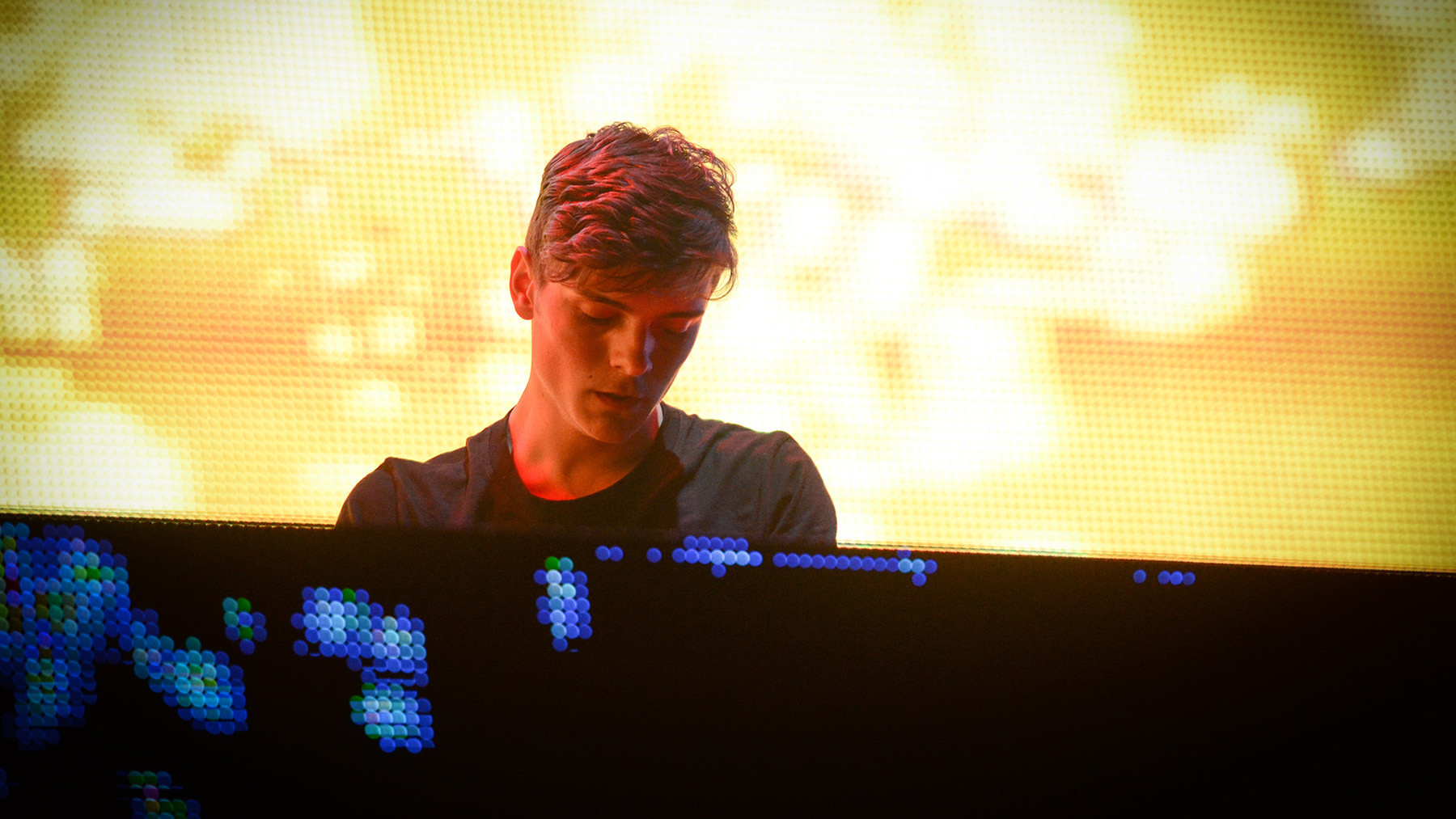 Martin Garrix Animals Image
Martin Garrix Animals Image
Alt text: Martin Garrix performing Animals, a global EDM smash hit.
Built around a simple yet incredibly catchy synth riff, “Animals” became an instant worldwide sensation. Its raw energy and chant-along quality made it perfect for massive crowds and festivals, showcasing the power of EDM to create collective euphoria.
However, within EDM, there were also shifts towards more nuanced and sophisticated sounds. Oliver Heldens’ ‘Melody’ (2016) signaled a change, moving away from brute-force dynamics towards a more classic and melodic approach.
 Kerri Chandler Rain Image
Kerri Chandler Rain Image
Alt text: Oliver Heldens, producer of Melody, a track signaling a shift in EDM towards classicism.
“Melody,” with its dramatic string swirls and uplifting piano line, brought a touch of airier classicism to the EDM scene, while still maintaining a powerful bassline. It demonstrated a desire for more musical depth and sophistication within mainstream dance music.
What Makes Music “Best for Dance”? Key Elements
Identifying the best music for dance goes beyond genre labels. Certain musical elements consistently contribute to a track’s danceability, regardless of style.
- Rhythm and Beat: The foundation of all dance music is a compelling rhythm. A strong, consistent beat, typically in 4/4 time, provides the backbone for movement. However, variations and syncopation within the rhythm are what make it engaging and prevent it from becoming monotonous.
- Tempo and Energy: Tempo, measured in beats per minute (BPM), dictates the pace of the music. Different dance styles and moods call for different tempos. High-energy dance music often ranges from 120 BPM and above, while more relaxed styles might be slower. Energy levels are also crucial – the intensity and drive of the music should match the desired dance experience.
- Bass and Groove: The bassline provides the low-frequency foundation that you feel as much as hear. A well-crafted bassline creates a “groove” that locks you into the music and compels you to move. Whether it’s the funky bass of disco or the deep sub-bass of dubstep, bass is essential for dance music.
- Repetition and Variation: Dance music often relies on repetition to create a hypnotic effect and build momentum. However, effective dance tracks also incorporate variation – changes in melody, rhythm, or instrumentation – to maintain interest and create dynamic shifts throughout the song.
- Emotional Resonance: While dance music is primarily about physical movement, the best tracks also evoke emotions. Whether it’s joy, euphoria, melancholy, or raw energy, emotional depth enhances the dance experience and creates a deeper connection with the music.
Finding Your Best Music for Dance: A Personalized Journey
Ultimately, the best music for dance is subjective and depends on personal preferences, dance style, and the desired atmosphere. Here’s how to navigate your own journey to discover your perfect dance beats:
- Explore Different Genres: Don’t limit yourself to one style. Experiment with disco, house, techno, funk, hip-hop, Latin rhythms, and various subgenres within EDM. Each genre offers unique rhythmic patterns, tempos, and emotional palettes.
- Listen Actively and Move: When you’re searching for dance music, don’t just listen passively. Try moving to the music. Does it make you want to tap your feet, nod your head, or get up and dance? Pay attention to how the music makes your body feel.
- Consider the Context: Think about where and when you’ll be dancing. Are you looking for high-energy tracks for a club, or something more relaxed for dancing at home? The best music for a high-intensity workout will differ from music for a chill-out dance party.
- Seek Recommendations and Curations: Explore curated playlists on streaming services, listen to DJ mixes, and ask friends for recommendations. Discovering new music through trusted sources can expand your horizons and lead you to hidden gems.
- Trust Your Instincts: Ultimately, the best music for dance is music that you personally connect with and enjoy moving to. Don’t be afraid to trust your own taste and preferences.
Conclusion: Embrace the Rhythm and Find Your Groove
The world of dance music is vast and ever-evolving, offering endless possibilities for movement and self-expression. By understanding the history, key genres, and essential elements of danceable music, you can embark on a rewarding journey to find your best music for dance.
Whether you gravitate towards the classic sounds of disco, the pulsating energy of techno, the soulful grooves of house, or the modern dynamism of EDM, the most important thing is to embrace the rhythm, let go, and find your own unique groove on the dance floor. So, put on your favorite track, turn up the volume, and let the music move you.
Explore further and create your own ultimate dance playlist – the journey of discovering the best music for dance is a never-ending and exhilarating one!

